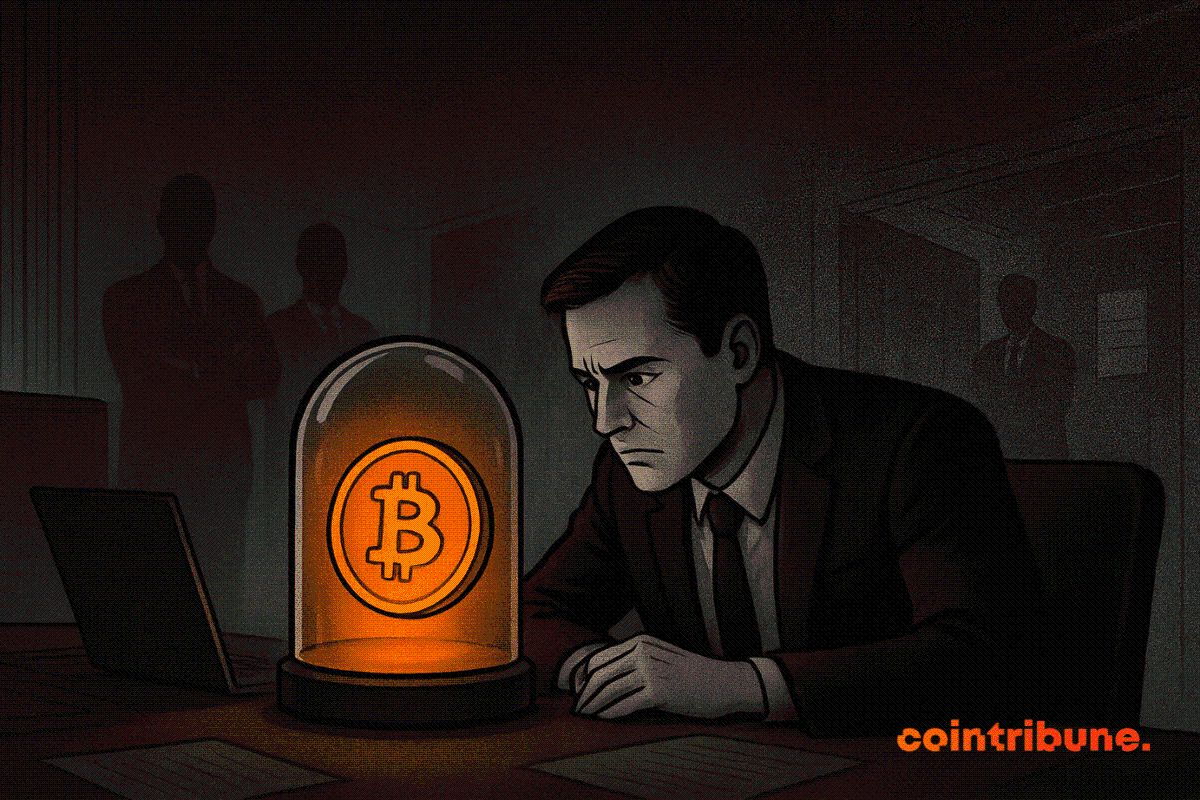Silver Price: A Strategic Play Amid Industrial Demand Surge and Geopolitical Tensions
- Silver market faces pivotal inflection in 2025 due to surging industrial demand and geopolitical supply constraints. - Solar energy (19% of demand) and electronics sectors drive 170%+ growth projections by 2030, straining 72% byproduct-dependent silver supply. - Geopolitical risks including Mexico's 5% production disruption and Russia's BRICS pivot compound 182M oz annual supply deficit. - Silver's dual role as industrial/commodity asset sees $38.59/oz price surge (56.7% since 2023), with $50/2026 foreca
The silver market in 2025 is at a pivotal inflection point , driven by a confluence of industrial demand surges and geopolitical supply constraints. As the world races to decarbonize and digitize, silver's unique properties—its unparalleled electrical conductivity and critical role in renewable energy and electronics—have positioned it as a linchpin of the 21st-century economy. Meanwhile, structural supply deficits, regulatory hurdles, and geopolitical volatility are tightening the market, creating a compelling case for investors seeking both inflation-hedging and long-term growth.
Industrial Demand: The New Engine of Growth
Silver's industrial demand has surged to record levels, with 680.5 million ounces consumed in 2024 alone. The solar energy sector is the standout driver, accounting for 19% of global silver demand. Each photovoltaic (PV) panel requires 20 grams of silver in its conductive paste, and with global solar capacity installations projected to hit 4,000 gigawatts by 2030, demand could rise by 170% in the next seven years. China, the world's largest PV manufacturer, has doubled its investment in solar production, further straining silver supplies.
The electronics sector is another major growth engine. Silver's unmatched conductivity makes it indispensable in 5G infrastructure, AI hardware, and electric vehicles (EVs). In 2023, electronics consumed 445.1 million ounces of silver—a 20% annual increase. With 70 billion connected IoT devices expected by 2025 and 17 million EVs produced in 2024 alone, demand for silver in these sectors could triple by 2030. The AI boom, projected to add $15.7 trillion to the global economy by 2030, is also accelerating silver consumption in data centers and high-performance computing.
Supply Constraints: A Perfect Storm
Despite surging demand, silver supply remains stagnant. Global mine production has grown by just 0.9% since 2024, while industrial consumption has outpaced supply by 182 million ounces in 2024 alone. This structural deficit is exacerbated by the fact that 72% of silver is a byproduct of other metals (gold, copper, zinc), limiting flexibility in production. New mining projects face 5–8 years of lead time, and exploration spending has plummeted, leaving a barren pipeline for future supply.
Geopolitical tensions are compounding these challenges. Mexico, the world's largest silver producer, has seen 5% of its 2024 output disrupted by regulatory reforms. Russia, another top producer, is pivoting to a BRICS-based precious metals exchange to circumvent Western sanctions, potentially isolating it from global pricing mechanisms. Meanwhile, U.S.-China trade wars and sanctions on rare earth elements are creating supply chain uncertainties, particularly for silver-dependent industries like solar and EV manufacturing.
Silver as an Inflation Hedge: A Dual-Function Asset
Historically, silver has served as a hedge against inflation and currency devaluation. In 2025, its role as a monetary asset is being amplified by geopolitical instability. The gold-silver ratio (currently at 85:1) suggests silver is undervalued relative to gold, a trend that could reverse as industrial demand accelerates. Central banks, particularly in Emerging Markets and Developing Economies (EMDEs), are diversifying their reserves into silver, with Russia alone planning to purchase $535 million worth over three years.
While gold has traditionally outperformed in crises (e.g., a 47% surge during the 2020 pandemic), silver's dual role as both an industrial and monetary metal gives it unique advantages. Its price has already surged 56.7% since 2023, reaching $38.59 per ounce, and analysts project it could hit $50 by 2026. This is driven not just by investment demand but by structural shifts in the global economy, including the energy transition and AI-driven industrialization.
Investment Implications and Strategic Plays
For investors, the current environment presents a multi-year bull case for silver. Physical silver, ETFs like iShares Silver Trust (SLV) and Sprott Physical Silver Trust (PSLV), and low-cost silver miners such as Americas Gold & Silver (EGO) and Pan American Silver (PAAS) offer exposure to the tightening market.
Key risks include a slowdown in industrial demand due to economic downturns or technological substitutions (e.g., cheaper alternatives to silver in solar panels). However, given the long lead times for mining projects and the accelerating adoption of silver in critical technologies, these risks appear manageable.
Conclusion: A Strategic Commodity for the 21st Century
Silver's transformation from a traditional precious metal to a cornerstone of modern industry is reshaping its investment profile. The interplay of industrial demand, geopolitical tensions, and supply constraints is creating a self-reinforcing cycle of price appreciation. For investors, this represents a rare opportunity to capitalize on both macroeconomic tailwinds and the structural underpinnings of the energy and digital transitions. As the world grapples with inflation, energy security, and technological disruption, silver's role as a strategic asset is only set to grow.
Investment Recommendation: Allocate 3–5% of a diversified portfolio to silver via a mix of physical bullion, ETFs, and miners with strong production margins. Monitor geopolitical developments in Mexico, Russia, and China, and rebalance exposure based on shifts in industrial demand trends.
Disclaimer: The content of this article solely reflects the author's opinion and does not represent the platform in any capacity. This article is not intended to serve as a reference for making investment decisions.
You may also like
Terra Luna Classic Shakes the Crypto Market with Surprising Developments
In Brief LUNC experienced a significant price decline following Do Kwon's sentencing. The court cited over $40 billion losses as a reason for Do Kwon's penalty. Analysts suggest short-term pressure on LUNC may persist, despite long-term community support.

NYDIG: Tokenized Assets Offer Modest Crypto Gains as Growth Depends on Access and Regulation

Cardano Investors Split As Market Fatigue Sets In
